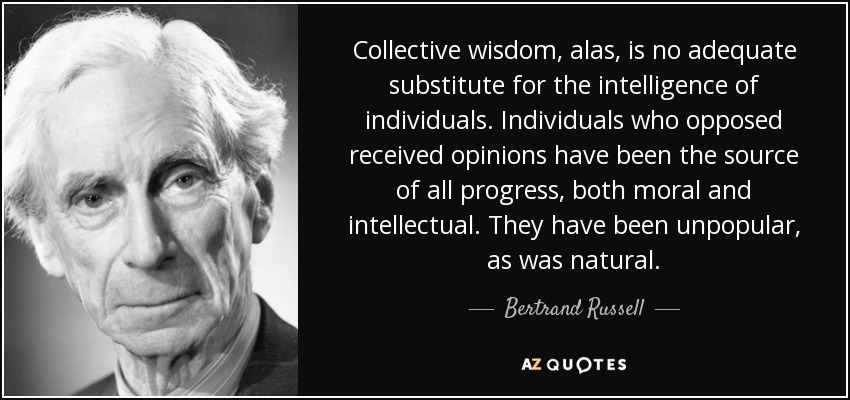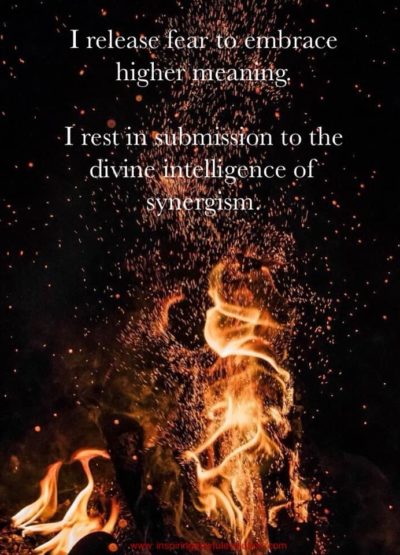Firstly, what exactly is a healthy collective intelligence you might ask. Let’s see if we can come to an agreement on the definition. I define it as groups of people self-organizing into social structures that are working on creating, innovating and contributing to global solutions. Within these structures you can find bottom up approaches to maintaining the health of the cooperative systems.
It takes into consideration our biological drives, such as our desire to compete for power and keeps them in balance within a healthy self-organizing non-hierarchical structure. It trusts that each person can self-regulate their biological tendencies, having developed their sense making capacities within the world and are able to come into coherence with the dynamically changing needs of the group they’re working within and the world at large.
It trusts that despite nobody having the answer to the big questions, each person holds an important piece of the puzzle. It also implies that each person is carrying an important skill-set that will assist the collective in in making the system function efficiently for creating viable solutions to global problems.
It understands that evolving group intelligence is dependant on increasing individual intelligence. It’s a place where all people forming ideas have a voice and welcome-in constructive criticism.
In Robert Kegan’s Constructive Development Theory he proposes five stages of human development that when evolved through would allow us to become healthy and high functioning participants in collective intelligence.
He proposes that the first stage in our development is the impulsive mind which is subject to one’s own reflexes and perceptions, the second, the instrumental mind, which is subject to one’s own needs, interests and desires, the third, the socialized mind, which expands itself into interpersonal relationships and mutuality. The forth, the self-authoring mind where the individual grows into sovereignty within their identity and ideologies. Finally the fifth, the self-transformative mind, where the individual has come into the understanding of relevance realization, which in turn informs them of their personal limits and biases, increasing a dialectic of ideologies to emerge.

Do we all agree that these are valid stages in development? We know both the damage of the impulsive mind and why it’s difficult to collaborate on this level and perhaps the efficiency that comes when collaborating with self-transformative minds.

Currently collective intelligence is often showing up as chaotic exchanges, those that are needed to help the individuals within a group evolve into the later stages of development towards a healthier form of collective intelligence.
So collective intelligence with individuals functioning in the first stage of Kegan’s model might not appear healthy from all angles and might not appear to be collaborating at all. It simply reflects where that group’s amassed intelligence is currently working out its own limitations, and not a reflection that collective intelligence itself isn’t emerging from within that particular group dynamic. This is the majority of the planet right now.
Part of sense-making is developing the lenses to see the reasons why what is naturally arising within any particular group dynamic is what is needed to help evolve that group into healthier forms of intelligent collaboration.
The more we increase our capacity to make sense of it all within perpetually more complex moments of uncertainty and chaos, the more we can relax into the process, allowing for less and less reactionary responses to what is arising. This removes the constraints that would normally incite flight or flight and encourages continued dialogue.
Collective intelligence on this next level is allowing ourselves to come into coherence with the people we can create most efficiently with.

Obviously people functioning from a place of reactivity will not likely contribute to healthy global solutions until they see what the constraints of their reactivity and subjective realities are. In these cases chaos will likely play an important role in assisting them towards expanding their consciousness.
I think it’s important to make a distinction between groups functioning together consciously as collective intelligence and newly forming groups gathering together due to similar interests and beliefs– which we can consider unconscious collective intelligence at play.
I’ve observed groups of people working together from different meme tribes and cultures functioning as healthy collective intelligence independently of their subscribed tribes.
There’s also a distinction to be made between the different stages of development Kegan mentions and the various, meme, social and political tribes themselves. We can observe people in different stages of development within one single tribe, class or culture. People operating from the second stage of development can often be identified as some of the leaders within that group.
Many meme tribes are still functioning within hierarchical structures, with leaders at the top who are ultimately dictating the speed at which tribe members are evolving based on their personal level of self-overcoming.
The more quickly a leader omits a dominant leadership role and admits to where they’re views have become outdated, the faster the group or tribe will follow suit and evolve into healthy self-authoring and self-transformative modes of operating.
It is next to impossible to have a group of healthy individuals functioning at stage five on Kegan’s model elect a hierarchical structure to create, innovate and invent solutions from. At stage five of development each have come into healthy ego modes of operating, where competition is no longer driven by a desire for power but rather a desire to co-create most efficiently with each other towards greater end goals.
This simply means that people have evolved enough to adopt their own internal system of checks and balances, healthy identity roles and ideologies to maintain their integrity. In this case integrity refers to wholeness and a reciprocal recognition of everyone else’s. This in turn supports their mental, physical and emotional health, allowing their natural talents and abilities to guide them where they’re best suited to assist group projects and global solutions.
These systems become dynamical systems of nested complexity which produce “order”, often looking more like chaos from the outside looking in. In other words it’s difficult to gain a clear perspective on how the system is being held together structurally. Each person intrinsically owning their roles as healthy contributors, resting in a type of active submission to healthy group synergism. All people are valued equally, even if that means some people’s contributions would appear to be, or would typically be deemed greater to the success of the project.
Healthy collective intelligence can be understood as an emerging bottom up de-centralization strategy, one that would eventually replace current government systems preceding any significant global shifts.
Most people are seeing the value of returning to living in harmony with the earth and trusting in themselves, thus producing increased levels of consciously created healthy collective intelligence. Regenerative culture the underpinning philosophy, with open transparency on all levels of operations.
9 Attributes Observed in Healthy Collectively Intelligent Participants
(Behavioural states for this type of social attractor are:)
- People have evolved into the fifth stage of Kegan’s model of development.
- They have cycled out of nihilism and are actively finding meaning in creating global solutions.
- They maintain their own physical, mental and emotional health, and trust in the collective intelligence to find the proper resources to assist them when needed.
- They are self-responsible for as much as their freedom allows.
- They create from a place of both body wisdom and intellect, allowing optimal conditions for coherent and relevant dialogue to emerge.
- They’re aware that they’re creating multi-dimensionally; they are conscious that they’re communicating verbally, materially and ethereally within the world.
- They aim to be as honest as possible when communicating feelings, thoughts and emotions.
- They’re continuously working on over-coming their own shadows.
- They follow the natural rhythms and laws of nature to create.
Image Sources: Cover, Kegan’s chart, Bertrand Russell Quote
